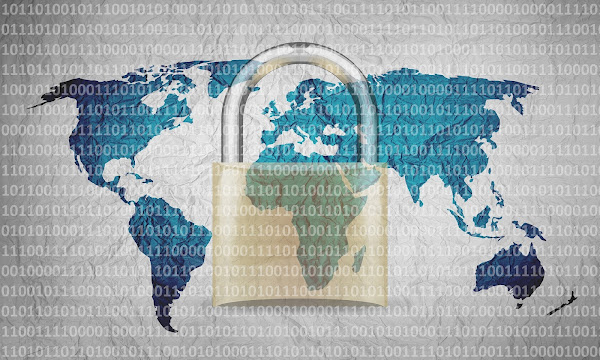There was an update on the hacking attempts by hackers linked to Russian foreign intelligence on Friday. They used data stolen from corporate emails in January to gain access...
Cyber Attacks
Cyberattakcs
cybercriminals
Cybersecurity
Cyberwarfare
Digital Services
Microsoft
Software Companies








.webp)






